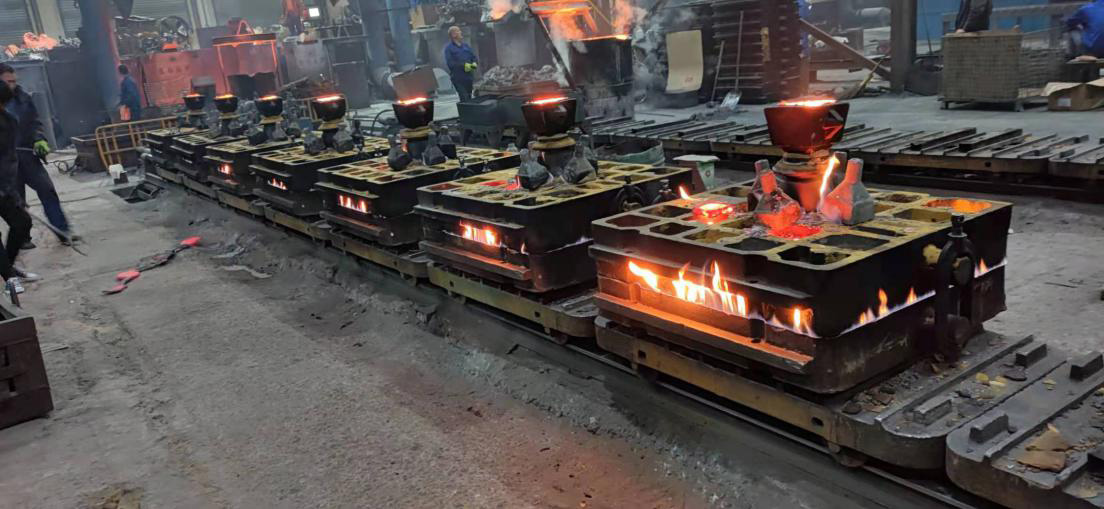The Rise of Sand Casting Manufacturers A Key Player in Modern Manufacturing
In the world of manufacturing, sand casting has carved out a critical niche, proving to be an effective method for creating complex metal parts with precision and efficiency. Sand casting manufacturers have become essential contributors to various industries, from automotive to aerospace, due to their ability to produce durable components at a relatively low cost. This article delves into the significance of sand casting manufacturing, its processes, applications, and the growing trends shaping the industry.
The Sand Casting Process
The sand casting process involves several key steps. First, a pattern, often made from metal, plastic, or wood, is created to form the shape of the desired component. This pattern is then placed into a mold made from a mixture of sand, clay, and water. The sand particles are coated with a bonding agent, which helps them hold their shape when the pattern is removed.
Once the pattern is embedded in the sand and the mold has set, the next stage is the pouring of molten metal into the cavity left by the pattern. After the metal cools and solidifies, the sand mold is broken away, revealing the cast component. This process allows for the production of intricate designs and the capability to work with a variety of metals, including iron, aluminum, and bronze.
Applications Across Industries
One of the most appealing aspects of sand casting is its versatility. Sand casting manufacturers supply components for numerous sectors, including
1. Automotive From engine blocks to transmission housings, the automotive industry relies heavily on sand casting for producing high-strength parts that meet stringent safety and performance standards.
3. Construction The construction industry utilizes sand casting for creating durable components such as architectural fixtures, steel frames, and structural elements.
sand castings manufacturer

4. Heavy Machinery Sand casting supports the production of robust parts for machinery utilized in agriculture, mining, and other heavy-duty applications.
5. Marine The durability of sand-cast components makes them suitable for marine applications, where exposure to harsh environments can be commonplace.
Advantages of Sand Casting
One of the primary advantages of sand casting is its cost-effectiveness, particularly for low to medium production volumes. The materials used—primarily sand—are inexpensive and widely available. Additionally, the process allows for rapid prototyping, enabling manufacturers to test designs before committing to more expensive manufacturing methods.
Furthermore, sand casting offers design flexibility. Manufacturers can create parts with complex geometries with relative ease. It also facilitates the casting of both ferrous and non-ferrous metals, catering to diverse industry requirements.
Industry Trends
As the demand for custom and complex components rises, sand casting manufacturers are increasingly adopting new technologies. 3D printing, for example, is revolutionizing the mold-making process by allowing for quicker and more accurate pattern creation. Automation in sand molding and pouring processes is enhancing efficiency and reducing labor costs while maintaining quality.
Sustainability is another crucial trend affecting the industry. Manufacturers are exploring eco-friendly sand recycling practices and investing in technologies that reduce waste and emissions. This shift not only meets regulatory requirements but also appeals to environmentally conscious consumers and businesses.
Conclusion
Sand casting manufacturers are pivotal in today's manufacturing landscape, providing vital components across various sectors. With their ability to produce complex shapes efficiently and cost-effectively, they continue to meet the rising demands of modern industry. As technological advancements and sustainability initiatives reshape the landscape of sand casting, manufacturers who embrace innovation will undoubtedly thrive in this dynamic field. Thus, the future of sand casting appears robust, ensuring it remains a cornerstone of manufacturing for years to come.
Post time:Oktoba . 12, 2024 02:09
Next:Various Methods and Techniques in Sand Casting Processes Explained
